There are roughly 3 popular ranges:
7274
Klixon 7274 series are small, lightweight, low amperage devices that are specifically designed to protect aircraft/aerospace cable and components in airborne vehicles and equipment.

7277
Originally developed as an alternative to slow blow fuses, the trip free 7277 is used extensively as primary electrical circuit protection on general aviation aircraft. The wider calibration limits of the 7277 has also resulted in applications including protection for data processing and telecommunications equipment, computers, flight simulators, construction, material handling and other industrial, electronic equipment.

2TC2
Klixon single–phase TC devices are the smallest, lightest, high performance aircraft circuit breakers available today. They represent the state-of-the-art protection of today’s aerospace power systems. Their light weight and small size make them especially well suited for aircraft, avionics and electronic systems. The Klixon trademark has set the standard for aerospace circuit breakers and the TC series offers the endurance and reliability required by exacting military specifications.
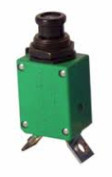
The first two appear to be identical except that the 7274 are claimed to be tighter spec.
The 3rd one, 2TC2, is temperature compensated so the trip current should be more stable. It’s always a problem with thermal CBs that obviously they will trip at a lower current if the ambient temp is higher.
The prices are all similar. I have never before seen the 2TC2 used by avionics shops.
The 2TC2 has the screws facing the same way as the 7274 – not sure if that is just different pics online?
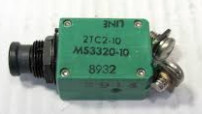
The 2TC2 is also shallower, and given my limited behind panel space, is the one I’d use (and probably will use when I replace the fuse box with an array of circuit breakers)
In an aircraft, where the electrical loads are well known and there are no load peaks such as motor starting surges, I would not use slow-blow circuit breakers — unless the effect of varying ambient temperature could motivate wider limits in the overload region.
Airborne_Again wrote:
there are no load peaks such as motor starting surges
Unless you have retractible gear and electric flaps, of course.
alioth wrote:
Unless you have retractible gear and electric flaps, of course.
Then you can use slow circuit breakers on those circuits only.
All GA CBs I have seen in these planes are the thermal type and all of them are slow.
It is a crude technology which relies on the CB tripping because it gets hot.
Magnetic CBs (like those used in houses) are too big.
Not just motors; normal lamps (light bulbs) have huge inrush currents.
The main purpose of GA CBs is for wire protection. The main bus is fed from a battery which can source hundreds of amps. There is normally a big CB feeding that bus, say 60-80A. That is enough to melt or start a fire in any wire normally used for aircraft wiring, so every wire which is fed from that bus has to be CB- or fuse-protected. The tripping doesn’t have to be fast because the wire isn’t going to melt that quickly; at say 500A it will take a few seconds 
A lot of the CBs I need to buy are to replace the Socata ones but none of the numerous avionics people here on EuroGA have ever seen behind that CB panel, and ETA have not commented on whether they supply Socata. I should probably take a look behind there and check, in case the wires running to them are too short. The two kinds of CB screw layout need different wire lengths.
Peter wrote:
All GA CBs I have seen in these planes are the thermal type and all of them are slow.It is a crude technology which relies on the CB tripping because it gets hot.
Magnetic CBs (like those used in houses) are too big.
At least some Klixons have both thermal and magnetic sensing while still being reasonably small – look through the catalogue.
Yes; their big ones have both. They are pretty big though.
I can see why almost nobody uses the “closer trip current tolerance” 7274 – they are, ahem, a lot bigger. They are the two on the right. They also need a bigger hole. The 7277 are the two on the left, shown here on a 28mm spacing which is the closest you can go
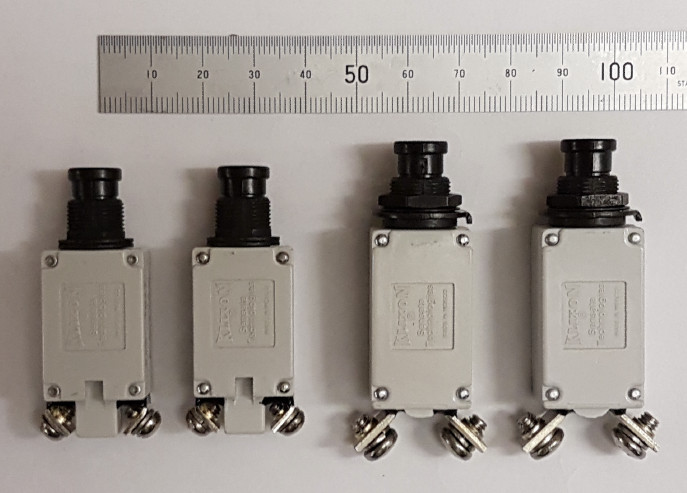
It gets more interesting. The 7274 comes in two different sizes:
This pic shows the normal sized 7274 (next to a 7277)
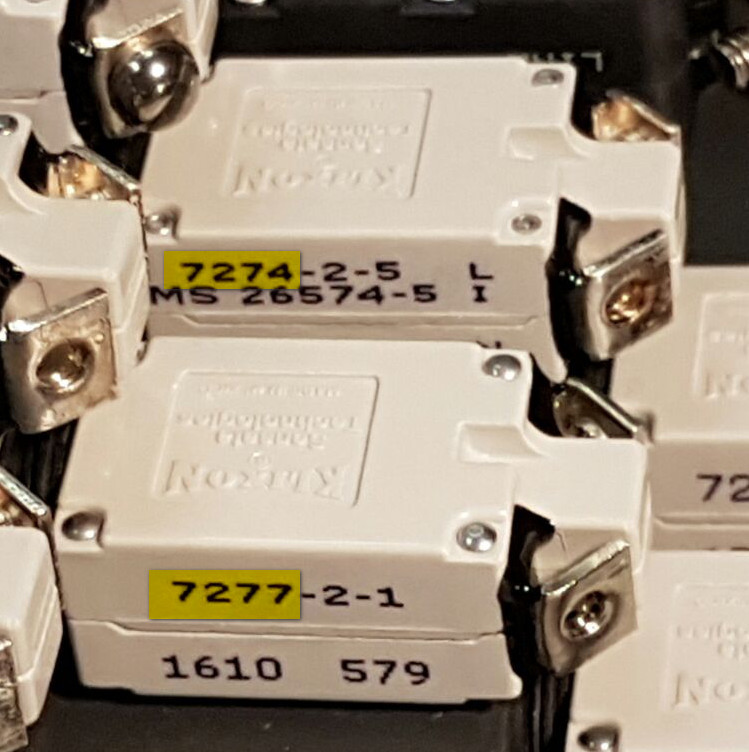
and this shows the bigger 7274
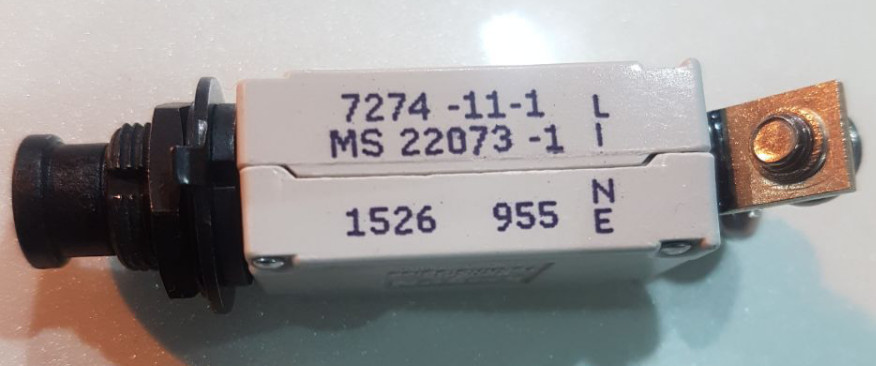
The dash numbers clearly matter.
I can see how someone picking out the stock could pick the wrong one.